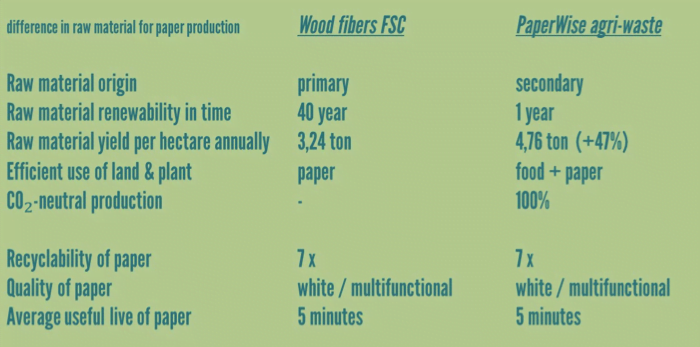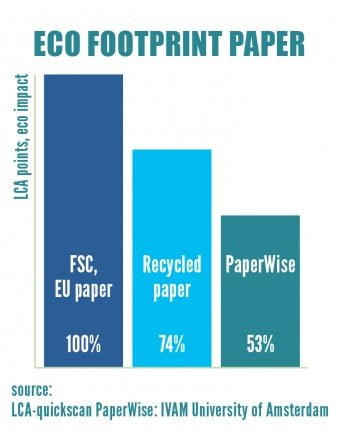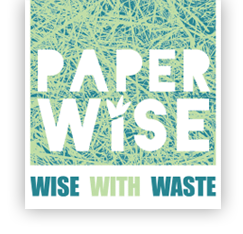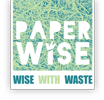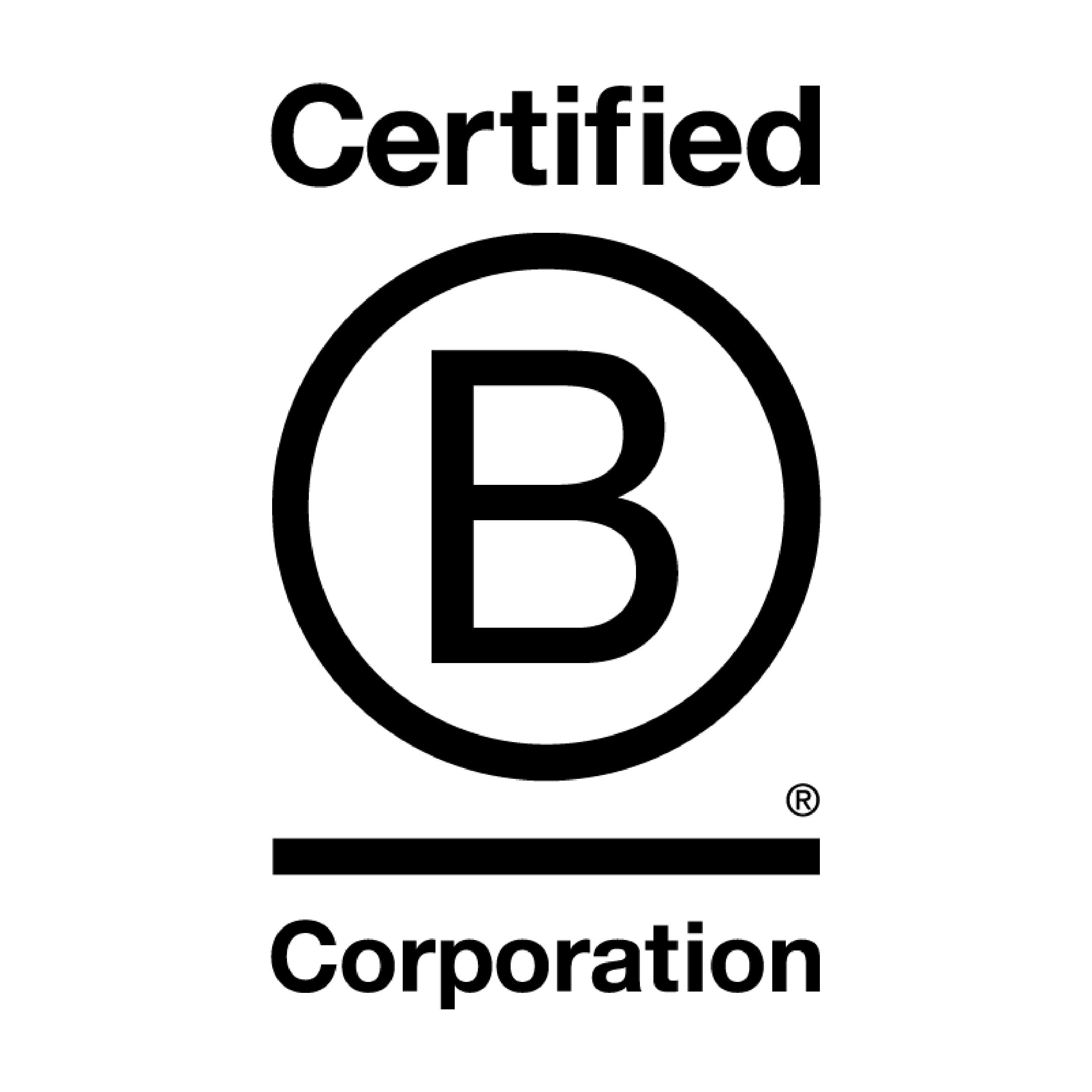ENVIRONMENTAL BENEFIT BECAUSE OF SUSTAINABLE PAPER
‘Wise With Waste’, that is the vision of PaperWise. Why would you burn agricultural waste when it can be made into a perfect raw material for paper? High quality PaperWise paper and paperboard is made from agricultural waste (leaves and stems) with 100% green energy. From agricultural waste, also called agri-waste, we recover cellulose, which is the most important raw material for paper. With a lot of attention to our customers’ needs and the environment, PaperWise converts this cellulose into high quality sustainable paper and paperboard. You will not be able to see or feel the difference between PaperWise and other A-brand paper and paperboard. By choosing PaperWise, you choose to give agricultural waste a second life for the production of sustainable paper and paperboard. The majority of the Paperwise collection consisted of 100% agri-waste. You can read more about this in our FAQ. The amount of agri-waste replaces the amount of fibres from trees and so these trees no longer need to be specially planted, but can stay where they are to absorb CO2 and turn it into oxygen; to become regular forests again with a large diversity of life and biodiversity. Highly efficient, food and paper from the same plant, annual available and we need only one piece of land. The yield per ha that is almost 1,5 as high as trees.
The choice is simple: if you want to combine quality with sustainable life, you will from now on choose high quality, environmentally friendly paper and (folding) paperboard from PaperWise.
The environmental advantage in numbers
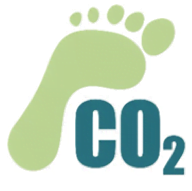
CO2 savings per 1,000 kg PaperWise paper is:
Compared to FSC paper from wood fibers: – 231 kg (-20%), CO2-equivalents
Compared to recycled paper: – 756 kg (-45%), CO2-equivalents
LCA environmental research PaperWise
The environmental impact of products goes beyond climate change. That is why PaperWise has conducted an independent environmental research carried out by IVAM University of Amsterdam.
Environmental impact PaperWise is 47% lower than FSC paper from wood fibers and 29% lower than recycled paper
